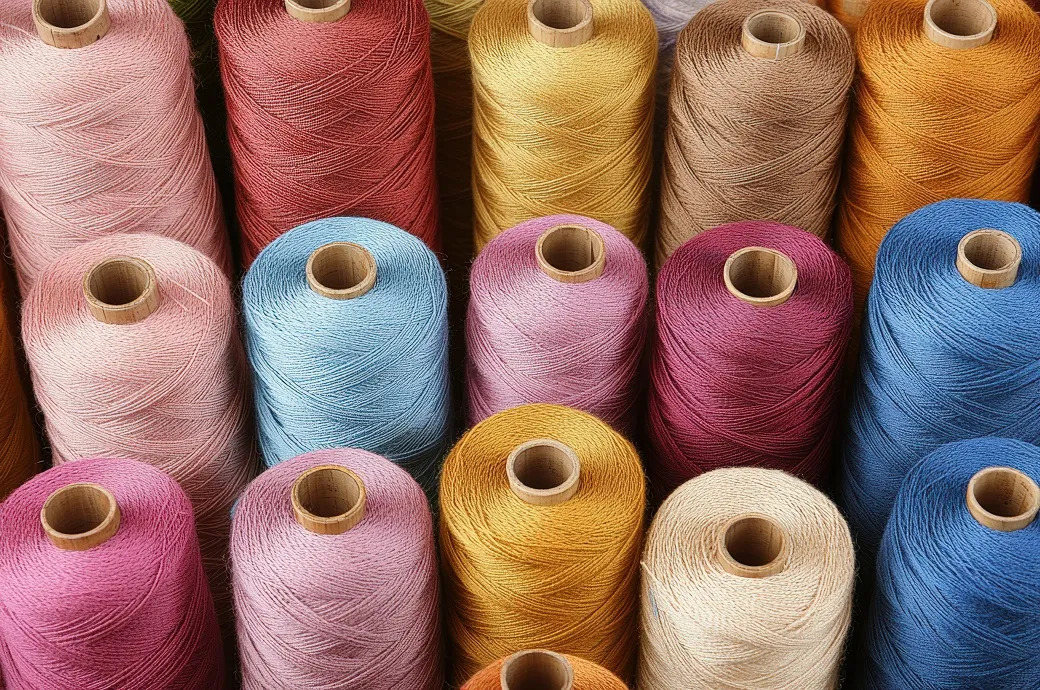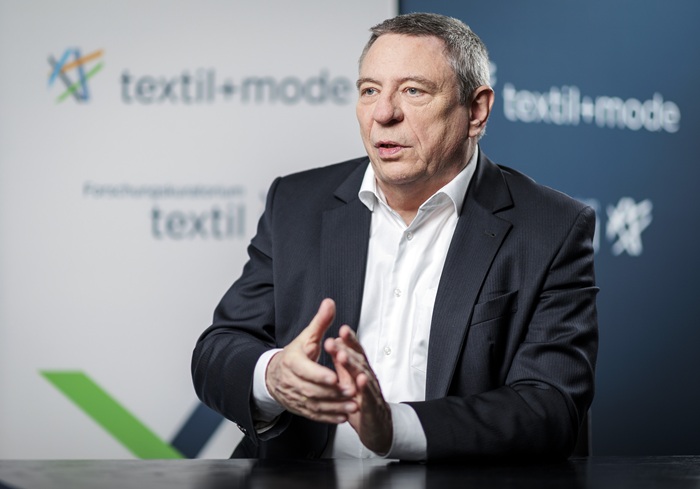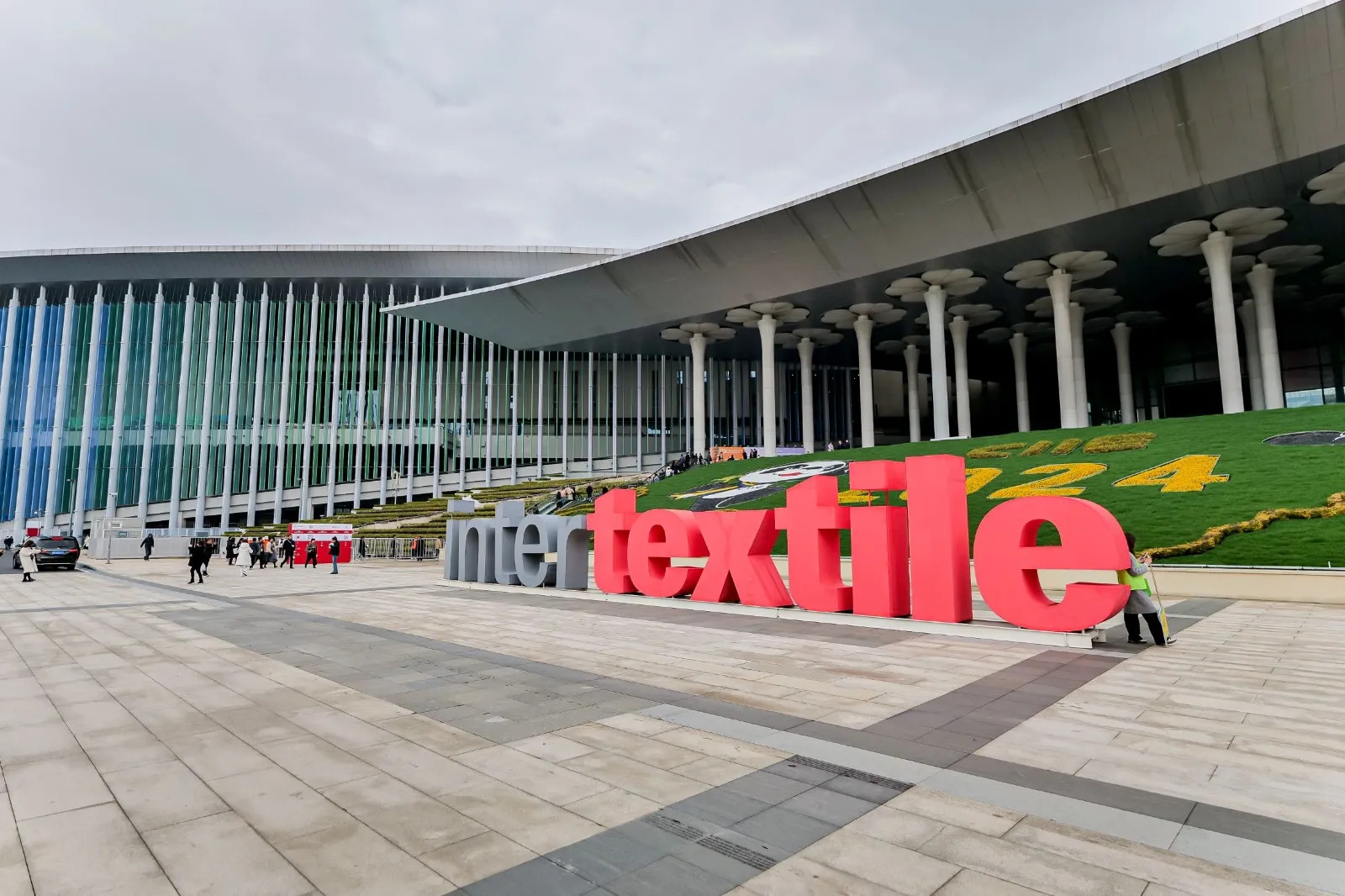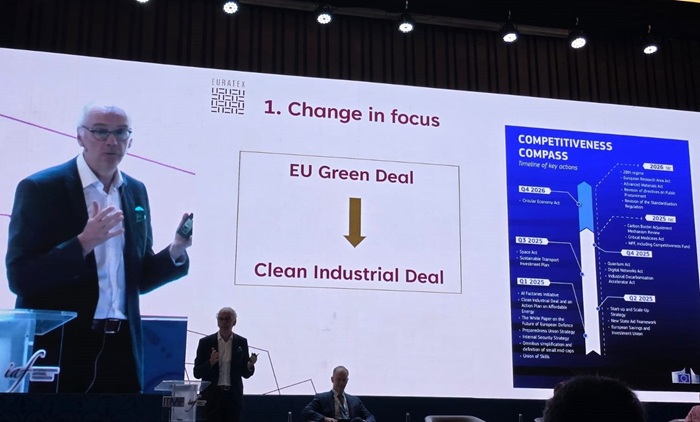FW
The rupee’s recent plunge against the US dollar has put Tirupur garment exporters in anguish. They had booked many orders around the 66.50 levels in the last few months. According to the President of the Tirupur Exporters’ Association (TEA), they would benefit only if the rupee’s depreciation were sustained. The Association represents the $3-billion industry in Tirupur.
On November 9, the rupee closed at 66.50. In the last three months, the rupee’s range against the dollar was a narrow 66.50/67. Thus export orders would have been booked and the resultant dollar inflows would have been covered in the forward foreign exchange market on a base rate of around 66.70 to the dollar.
But, when the base rate itself moved by Rs 2 to the dollar with the rupee falling to the 68.50 levels by end November, exporters were understandably upset at the loss of the opportunity to realise an additional Rs 2 per US dollar. A move of Rs 2 on a base of Rs 66.50 is nearly 3 per cent. The rupee has since clawed back some of its losses. Nevertheless the problem of missed opportunities would keep recurring for exporters.
Canada will clamp down on toxic materials used in children’s jewelry, toys, clothing and accessories. Their use involves reasonably foreseeable contact with the mouth of a child and may therefore, pose lead exposure risk. Strict limits will be imposed on the amount of lead and cadmium used. These will especially apply to clothing and accessories for children under 14 years of age, toys for children three to 14 years old and products whose primary purpose is to facilitate the relaxation, sleep, hygiene, carrying, or transportation of a child less than four years of age. The definition covers products such as baby baths, backpacks, slings, and carriers.
The term children’s jewelry is defined as jewelry manufactured, sized, decorated, packaged, advertised, or sold in a manner that appeals primarily to children under 15 years of age. Excluded from the scope of this definition are merit badges, medals for achievement, and other similar objects normally worn only occasionally.
Children’s plastic and rubber shoes, sandals and rain gear need special attention as some of these have high levels of chemical threats. These chemicals can cause rashes, asthma, fatigue, headaches, blurred vision. Clothing that promise stain-resistant, waterproof, or odor-fighting performance technologies may utilize toxic chemicals. Polyester frequently contains traces of antimony.
A new collaboration between ethical luxury brand Maiyet and four Chinese designers aims to arouse interest in sustainability in fashion. To spread the word on socially responsible production, ethical brand Maiyet has teamed up with Hong Kong’s Denise Ho and Chinese designers Helen Lee, Ziggy Chen and Daniel Chen of Xu Zhi.
Karen Wood, Head of Development at Maiyet says it surprised her that sustainability is a relatively new topic in the marketplace beyond the US. Wood, feels it’s really about education in multiple markets although Hong Kong and China are at a tipping point as there is awareness about ethical and environment issues in fashion such as transparency and sourcing.
Launched in 2011, Maiyet hopes to promote sustainability, self-sufficiency and entrepreneurship in developing economies. Its commercially successful collections have straddled high fashion and social responsibility, while raising ethical issues in fashion production.
The brand has recently partnered local retailer Lane Crawford to create two capsule collections using the world’s only certified, ethical and environmentally sustainable cashmere yarn. The first features a series of limited editions by four Chinese designers - China-based Helen Lee, Ziggy Chen and Daniel Chen of Xu Zhi and Hong Kong stylist Denise Ho.
The government's ambitious textile package announced with much fanfare is expected to take some more time to be implemented fully. The package was aimed to boost employment and improve investment flows. The Rs 6,000 crores package, announced by the government in July and notified in September, is now expected to kick start production and employment at a later date than earlier estimated, manufacturers say.
Senior textile ministry officials say they do not have any time estimate for implementation. At the same time, the recent Cabinet decision to widen the package beyond apparel manufacturing to cover 'made ups' or home furnishings has its root in the uncertainty. Arguing it's too early to look for benefits from the package, Development Commissioner (Handlooms) explained they would need to wait a few months more for the results to become clearer. Originally envisaged for apparel manufacturing sector, the package has been slow to hit the ground with manufacturers blaming anemic global demand as well as low investment in the sector.
The bulk of the planned capital outlay, an estimated Rs 5,500 crores is expected to be spent on an additional five per cent duty drawback given for garments. The government hopes it will lead to a cumulative increase of exports up to $30 billion. However, one of the major factors expected to boost hiring increased government funding for provident funds of new employees has not started. The government currently bears 8.33 per cent of the employer's contribution. The textile ministry will provide an additional 3.67 per cent amounting to Rs 1,170 crores for first three years for every employee.
For technology up gradation of the textile industry, the government has approved the Amended Technology Up gradation Fund Scheme (ATUFS) in place of Revised Restructured Technology Upgradation Fund Scheme (RRTUFS) with a one-time capital subsidy for eligible bench-marked machinery for a period of seven years from 2015-16 to 2021-22. This was disclosed to the Rajya Sabha by Union textiles minister Smriti Irani in.
The ministry has also notified the Scheme for Production and Employment Linked Support for Garmenting Units (SPELSGU) under ATUFS to incentivise production and employment generation in the garment sector vide resolution dated 25.July, this year. The additional incentive of 10 per cent will be provided to the garmenting units which would be availing the 15 per cent Capital Investment subsidy (CIS) under ATUFS for the installation of eligible benchmarked machinery after a period of three years.
The cap on capital investment subsidy for eligible machinery in garmenting units has therefore, been enhanced from Rs 30 crores which was the cap under ATUFS to Rs 50 crores. The additional subsidy of 10 per cent will be on achievement of projected production and employment generation.
Around Rs 17,822 crores have been approved for seven years to meet the committed liabilities of Rs 12,671 crores and Rs. 5151 crores for new cases under ATUFS. Budget provision for the financial year 2016-17 is Rs 1,830 crores. However, there is no specific budget provision for any particular segment, including the handloom sector since the scheme is demand driven.
Giving a word of encouragement to the perturbed textile exporters of Pakistan, Finland’s Honorary Consul General to Pakistan, Wille Eerola has reiterated that the European bloc will remain the biggest export market for Pakistan’s textile sector in the coming years. This, despite a huge influx of Chinese investments in the South Asian nation.
Referring to the ongoing developments under the China-Pakistan Economic Corridor (CPEC), the Consul General said that the project would definitely change the country’s landscape and bring both countries (China and Pakistan) closer. However, textile lobbies should be aware that China itself was a big exporter of raw textile products. Eeroala feels, Pakistan is full of opportunities, especially for Nordic companies but the country needs to improve its image at the international level.
Eerola, who also chairs the Nordic-Pakistan Business Summit, said he had already managed to bring many Nordic investors to Pakistan and around 80 companies were interested in investing in the country. Bilateral trade between the EU and Pakistan stood at €10.5 billion in 2015. However, trade between Pakistan and the seven Nordic countries remained at around €150 million.
In CPEC, he said though Chinese companies were dominating the project, Nordic companies still had several opportunities to tap. He believed that such projects could only be undertaken via joint ventures with local counterparts, as foreign companies would help in bringing investments, technology and expertise. However, Pakistani companies right now were more inclined towards China.
Global acrylic fiber market is projected to reach a CAGR of 3.6 per cent over 2016 to 2026. Acrylic fibers possess good aesthetic properties owing to their capability to accept multi-color dyes in clear, bright and muted tones. They impart natural aesthetics to fabrics as opposed to their nylon and polyester counterparts. Also, acrylic fibers have excellent resistance to ultraviolet degradation, weak alkalis, and microbiological attack.
Demand for acrylic fibers is expected to increase in the Asia Pacific region. Sporadic supply of wool and cotton at a global level is pushing manufacturers to blend acrylic fiber with wool and cotton for use in the manufacture of products such as blankets, sweaters etc.
The global acrylic fiber market is segmented on the basis of dyeing method, fiber form, blending, end-use and region. On the basis of dyeing method, the global acrylic fiber market is segmented into acid, gel, and undyed. The gel dyeing segment is estimated to register a CAGR of 3.8 per cent over the forecast period. The gel dyeing segment is estimated to dominate the global acrylic fiber market, with a 56.5 per cent market revenue share.
On the basis of end use, the global acrylic fiber market is segmented into apparels, home furnishing, industrial, and outdoor. The apparels end-use segment is projected to register a CAGR of 3.6 per cent over the forecast period.
"With a recent partnership with IIGM – the leader in machinery segment, Xcel Stiro is looking at immensely benefitting from the relationship. The company’s products from January onwards will see an improved market representation and reach on the back of this partnership."

With a recent partnership with IIGM – the leader in machinery segment, Xcel Stiro is looking at immensely benefitting from the relationship. The company’s products from January onwards will see an improved market representation and reach on the back of this partnership.
Launched in 1994, Xcel Stiro has a complete range of ironing and laundry dry-cleaning machines. “We are currently producing 62 types of machines in different sizes, capacities and designs. Adding to this, we are running our production in three different assembly lines,” explains Deepak Chawla, MD, Xcel Stiro. Talking about the USP of the machine, he says, “There are two key features that set us apart. First, quality strength of the machinery. In quality, we believe, there are two kinds of parts which make a machine: the fabricated part and moving part, which always runs. As far as fabricated part is concerned, we use the best components available in India. Another aspect of our manufacturing is sustainable use of everything we make for users, we try to ensure machinery does not rust or melts in the long run. We focus on aesthetics of the machine which is neglected by most manufacturers.”
Higher service at minimal cost
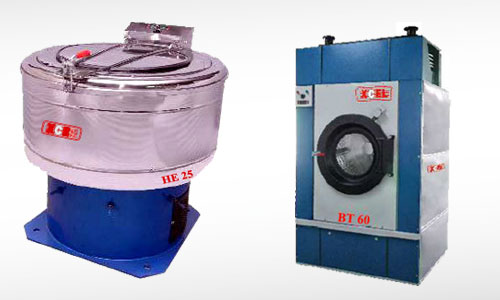
The company’s philosophy is to let the product cost be higher and service cost be minimal. Whether the product cost is higher and service cost is lower, or service cost is higher and product cost is lower, ultimately the user has to spend a certain amount. If that amount is spent on good quality machinery, chances of a breakdown is much less. Less number of malfunctions means more efficiency and productivity. Servicing is the most essential part of industry since usage is always high. Machines are running for 24 hours, they require maintenance and servicing frequently. Tying up with a company, with offices in 70 cities make sense when it comes to service and allied stuffs. “We are undoubtedly going to be strong in this area with this alliance,” asserts Chawla. Xcel Stiro sees the partnership as a very positive development. “Our products from January will see improved market representation and reach. Another positive is is their association with other segments and players. We get more exposure within the industry. The collective efforts are expected to transpire into a great business proposition for us. Since they are strong in southern, western and eastern region, they will be our prime distributer there. Northern region, being a principle company, we will be doing ourselves,” informs Chawla. “As of now, our focus is on training their sales and service team to equip them with technical knowhow,” he adds. Talking about the international markets, he says, “We are already present in South Africa and Bangladesh. With this tie-up, we are aiming at more overseas expansion, primarily towards southern markets, since IIGM has substantial presence there.” We are one of three top most companies in this segment in the country. With this tie-up, we are confident about outsmarting them. The exposure and reach is going to be unparalleled,” Chawla explains.
Current market scenario
In the long term, the market is excellent. “We may have some issues in the short run due to demonetisation. We have 6,000 customers from the time we are in the business, so confidence and trust comes automatically among buyers. We make quality products and once people use them, they become our life-long customers.”
Future plans
For Xcel, the tie-up with IIGM has been the biggest step towards future growth. “We are witnessing 17 to 20 per cent year on year growth. We are expanding and will keep expanding the same way. We plan to double our turnover in coming years,” concludes Chawla.
End2End fashion software provider, Visual 2000 International has announced the launch of Next is Now 2017, a fashion-forward tech conference for professionals of the Apparel, Footwear and Fashion Accessories industry. This initiative is in line with Visual 2000’s mission of providing best-of-breed business technology solutions to the global AFA industry.
Due to take place in Montreal, Canada from March 29 to 30 2017, this two-day event will explore challenges facing today and tomorrow’s fashion industry, tech innovations and trends. Top brand executives, industry experts and influencers will present topics such as the omni-channel revolution, the future of e-commerce, how to quantify success with business intelligence and the foundations of product innovation.
Open to all professionals, day one will focus on the software innovations shaping the future of fashion with industry talks, a surprise announcement and networking. The second day, open exclusively to Visual users, will focus on exploring Visual’s new generation of solutions with product discovery and training sessions.
Charles Benoualid, VP of Research and Development, says the conference will bring together many industry professionals and influencers to bring their heads together and discuss the future of fashion. The goal of Next is Now is to empower industry professionals to make better business decisions faster and drive sustainable competitive advantage.
20 years in the making, Visual 2000 provides end to end software for apparel, footwear and fashion accessory companies. More than 600 companies around the world take advantage of Visual 2000′s End2End advanced ERP, PLM, supply chain management, warehouse optimization and business intelligence software.
Ukrainian fashion designers and clothing brands are catching the attention of global buyers. Blood & Honey that makes mink fur clutch bags and is sold in multi-brand boutiques across the United States. Apart from its outlets in New York, Chicago and Miami, the brand is actively progressing in the UAE and Europe. Its use of real fur makes Blood & Honey high-end but this hasn’t stopped the brand from selling well. Prices for its goods in the US are 30 per cent higher than in Ukraine.
Similarly leather shoes brand Kachorovska is seeing some success abroad. Around 10 per cent of its orders are currently sent abroad. Its products are selling well internationally via the internet and distributors in the US, UAE and Japan. Kachorovska’s shoes are sold via foreign websites, social media and at festive markets in the United States, the UAE and Japan. The brand has also had requests to open shops in Canada, the Netherlands and the UK.
Coat brand Mirella Moda opened in 2014. Other than Ukraine, it has shops in Toronto, Almaty and Moscow. Competitive pricing helps Ukrainian clothing brands maintain growth and appeal to foreign customers. High quality also helps promote the brands, maintaining their success and keeping up demand. Ukraine’s proximity to the huge EU market, and the fact that the country can make good products at good prices, is expected to boost sales further.


